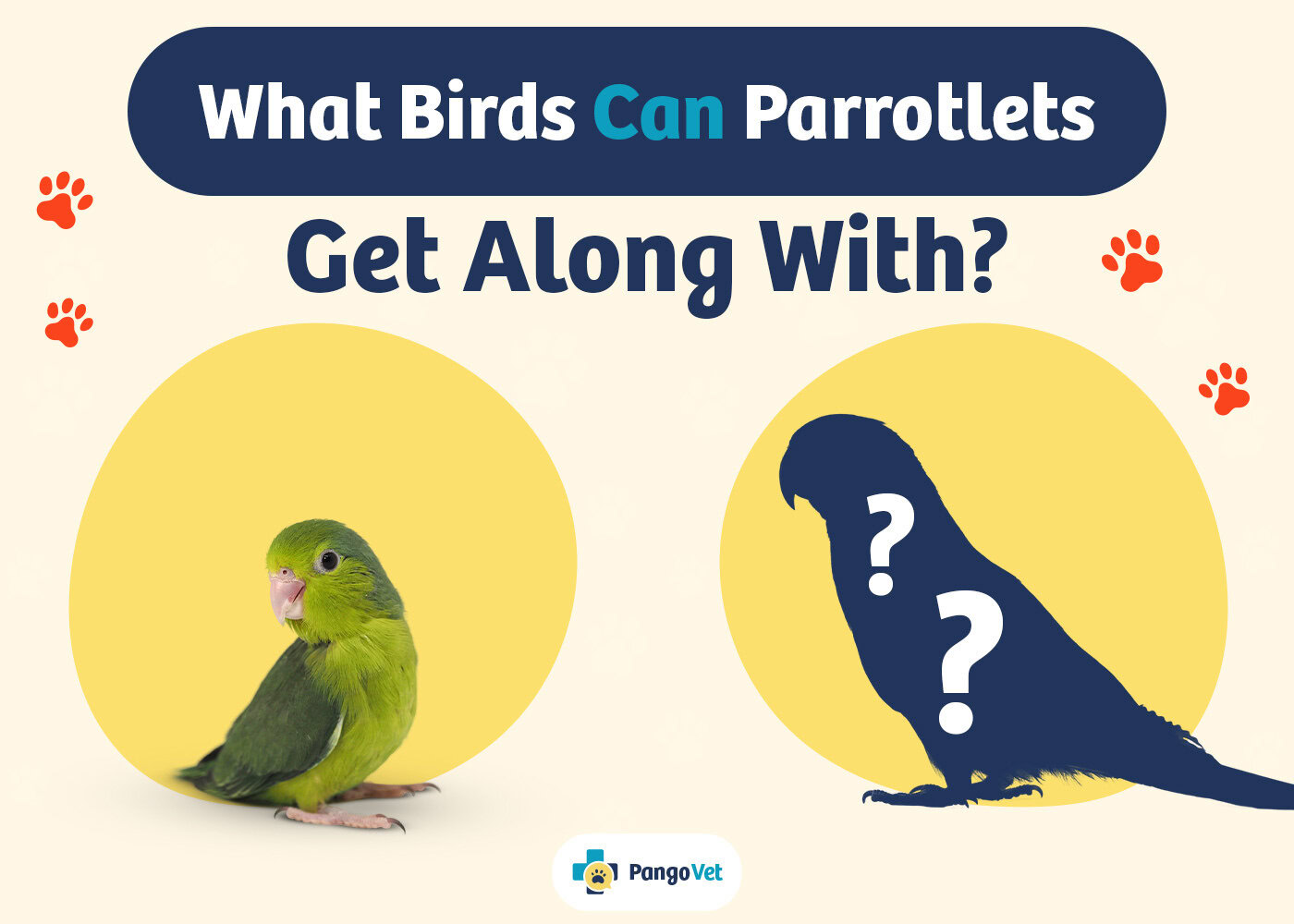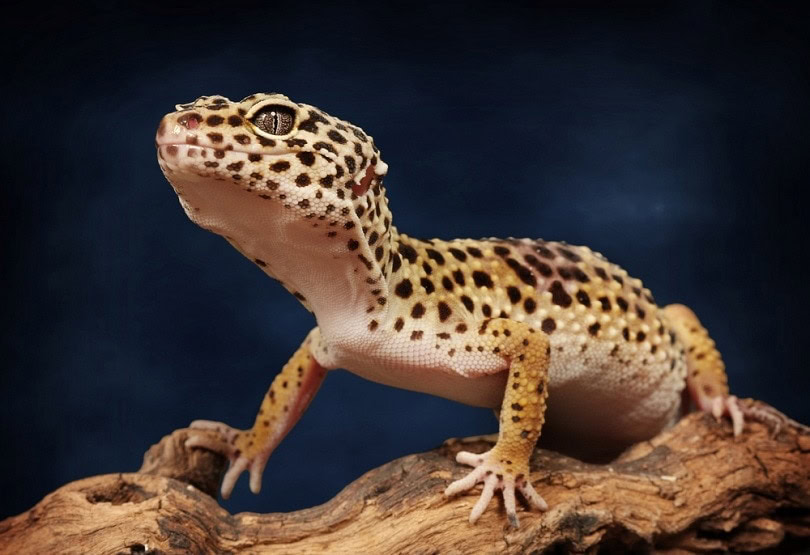Click to Skip Ahead
Parrotlets are adorable tiny parrots with huge personalities! If you’re considering bringing a companion home for your parrotlet but aren’t sure which bird will be good for them, we’ll examine the possible solutions below. However, the general rule is that there should only be one parrotlet per cage, and they don’t require a companion.
You want your parrotlet to be comfortable, and we’re sure the last thing you want to do is stress out your bird, so we hope this article will help you make the right decision for you and your parrotlet.

The Single Bird
Many species appreciate living with other birds. If you’re unable to spend as much time with your pet as they require, finding a companion for them can give you both extra company. The benefit of a single bird is that they will bond with you, and you’ll have a very devoted and loving companion who will enjoy spending as much time as possible with you.
Additionally, some types of birds require the companionship of another bird or even a small flock. For example, small birds like finches do best with three to five others.
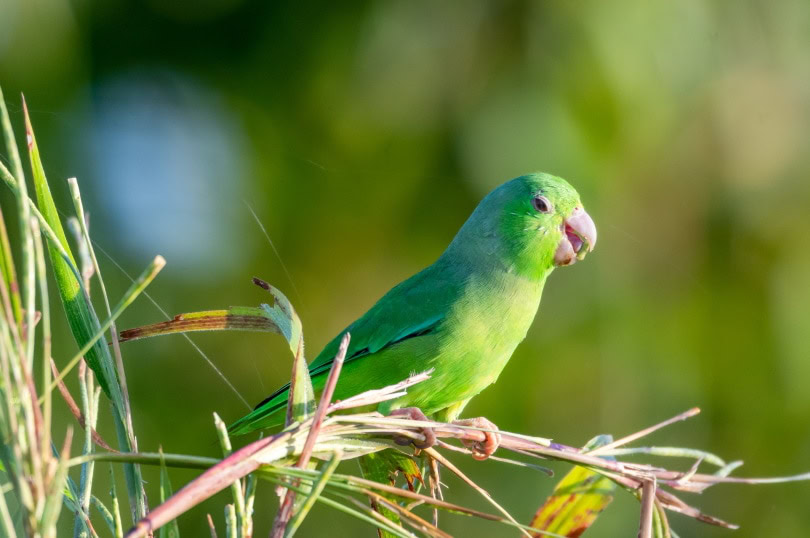
The Single Parrotlet
While parrotlets fly in flocks in the wild, they don’t need a cage companion. They are aggressive and territorial toward other birds, even their own kind. The male birds fight over food and territory, and they are known to attack females, too, particularly if the cage isn’t spacious enough.

The 4 Rules for Introducing Another Bird
If you’re still considering getting another bird, there are a few rules that you need to consider first.
1. Separated Cages
Under no circumstances should you put your parrotlet and other bird in the same cage.
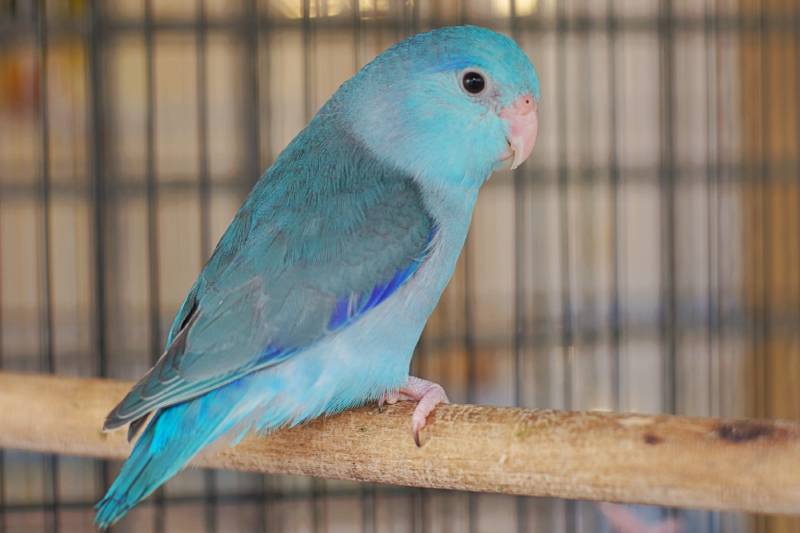
2. Cages Far Apart
Not only should they be housed separately, but the cages also need to be far enough apart that neither bird can reach the other through the bars. You’ll want to avoid nipping and fights that might occur.
3. Only One Other Bird
It’s entirely possible that the parrotlet might end up getting along with (or just tolerating) one other bird, but if you introduce a third, it will more than likely upset the balance and create a more antagonistic environment.
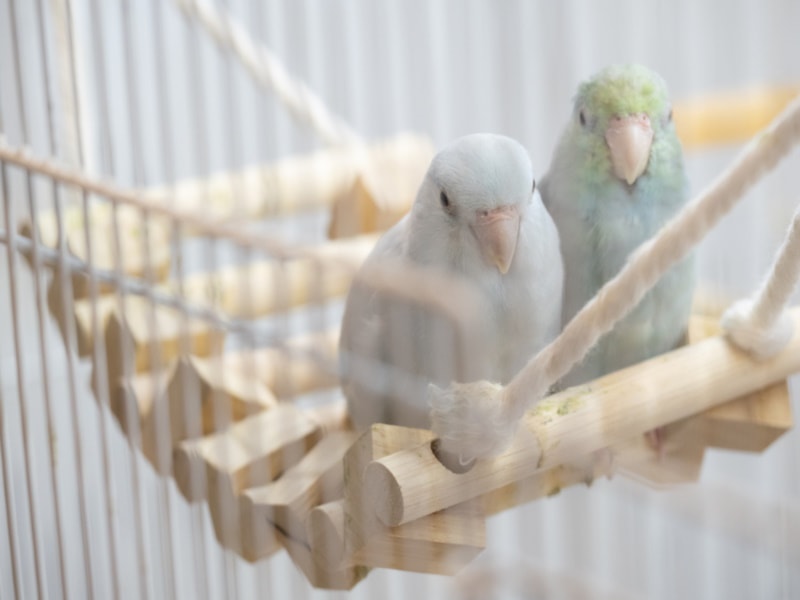
4. Close Supervision
When the birds are outside of their cages, there needs to be constant supervision. This includes if you only let just one of the birds out. The new bird could have their toes nipped at (or off!) if they land on your parrotlet’s cage.
Once you have the birds in their separate cages, you should only let one out at a time. Eventually, you can bring the cages closer together and allow them both out at the same time when you feel that they are ready.

The Companion Bird
If you’ve decided that you would love a new bird but want one that can hold their own against your parrotlet, we have a list of five species that might do fine.
1. Budgies
Budgerigars (or parakeets, depending on where you’re from) are tiny birds from the parrot family. They are active, affectionate, and intelligent birds that form bonds with their humans. Budgies are much more likely to get along with other birds, too.
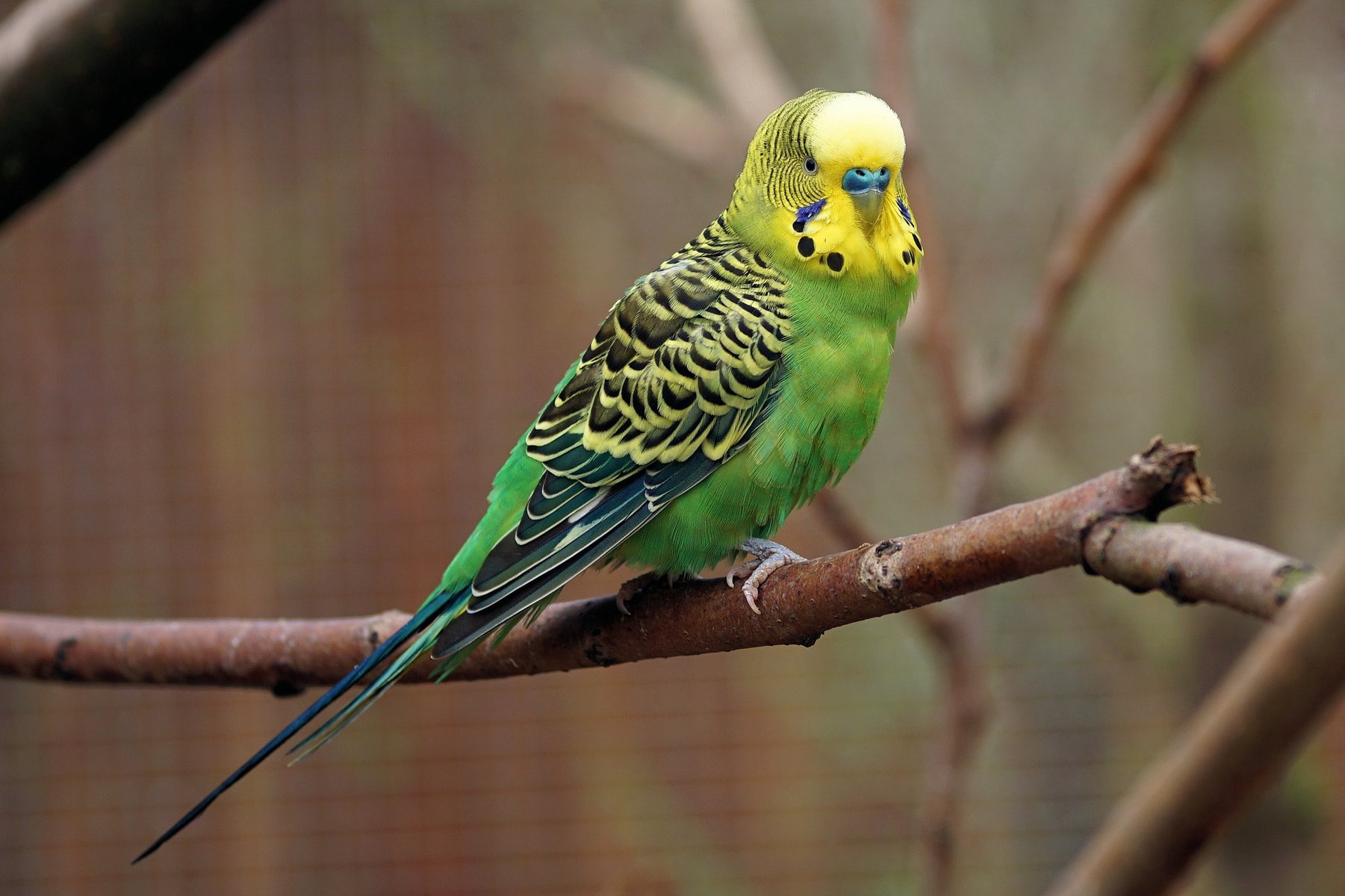
2. Cockatiels
Cockatiels are mellower and more easygoing than parrotlets. While cockatiels are bigger, they could still get beaten up by parrotlets because of their aggressive nature. There are cases of cockatiels getting along well with parrotlets, of course, but it depends on the dynamics.
3. Sierra Parakeets
Also known as the Grey-hooded parakeet and the Aymara parakeet, Sierra parakeets have a similar diet as parrotlets, and they do well with other parrots that are roughly the same size. There have been homes that have kept a parrotlet and a Sierra housed in cages next to each other without issues.
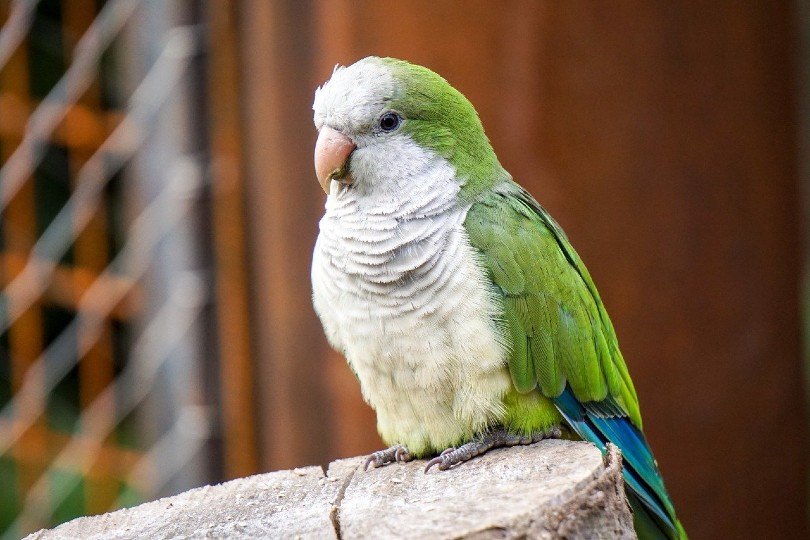
4. Lovebirds
As small as the parrotlet is, they can still get hurt if they go after a much larger bird. Lovebirds are a fairly similar size to parrotlets and are also feisty and active.
5. Another Parrotlet
Adopting another parrotlet doesn’t guarantee they will get along, so they must still be placed in separate cages. There have been cases of bonded pairs turning on each other, so supervision is still important.
If your bird is raised with another, they will more likely bond with each other and get along beautifully. But there are also instances when the parrotlet matures, the dynamics start to change, and you’ll end up caging them all separately, anyway.
Each bird is an individual with a unique personality, so there’s no telling how they will react to each other until you try.
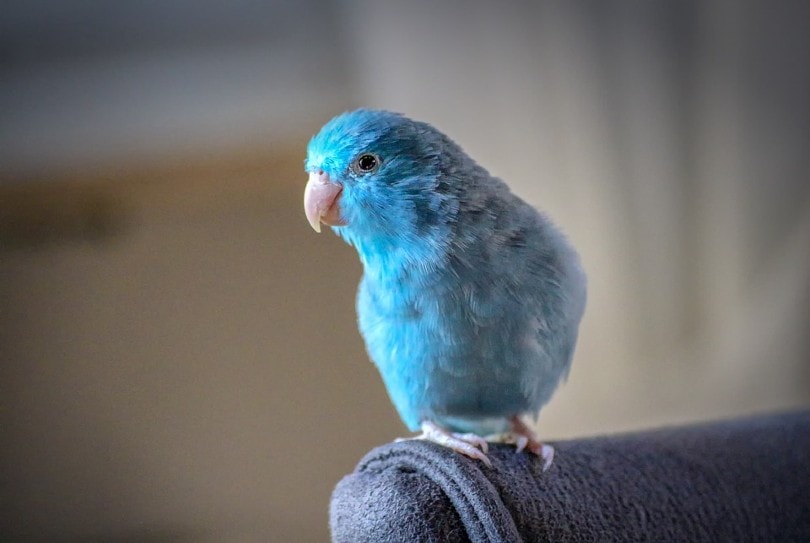

Before You Buy Another Bird
Remember that you will need to spend a lot of time with both birds to ensure the introduction and relationship go well. If you don’t have that kind of time, keeping your parrotlet as a single bird is your best option.
Don’t forget to quarantine a new bird. Your new bird should be kept in quarantine for at least 30 days and up to 60 days and seen by your vet before being in the same room as your parrotlet. You’re also risking losing the close bond that you have with your parrotlet, as well as your parrotlet viewing the new bird as a threat to their relationship with you.
If you’re feeling guilty because you work outside of your home for much of the day, as long as you spend time with them when you are home, and they have a large cage and lots of toys, your parrotlet will be just fine. You can also think about setting up a video camera to watch your parrotlet while you’re out. Watching them might make you feel better about leaving them alone.
Just be sure if you decide to bring home a new bird, you’re getting them for yourself and not for your parrotlet.
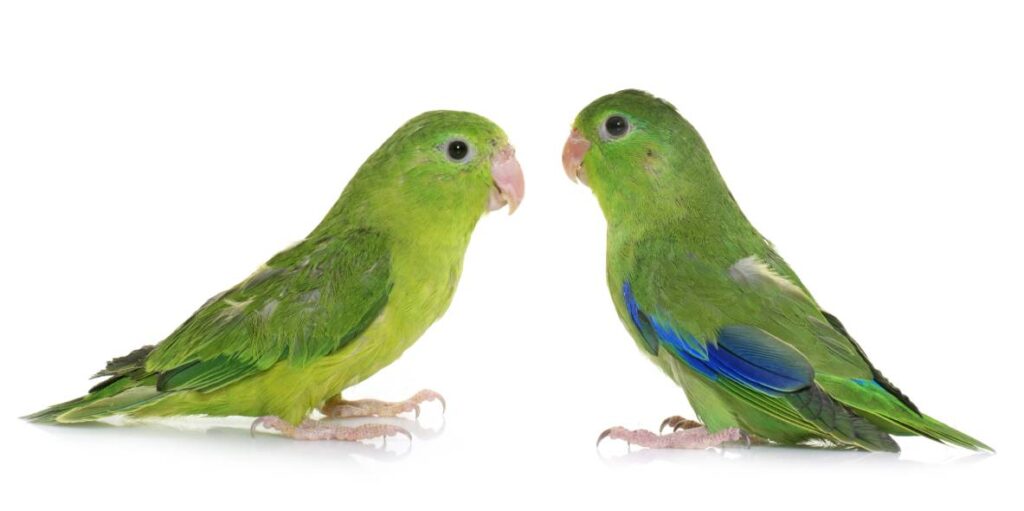

Final Thoughts
If your parrotlet is raised with another bird, it might work out, but introducing a new bird to your adult parrotlet is rife with uncertainty and possible disaster. You certainly don’t want to stress out your parrotlet or a new bird, so you must be prepared for a certain amount of stress for your birds and yourself.
Understandably, you’re looking to provide your parrotlet with companionship, given how long they live—15 to 20 years or even longer!
But do your research, plan how to handle the situation, and look for advice on parrotlet message boards and groups. It could work out with lots of time, patience, and especially close supervision, so the choice is yours.
Featured Image Credit: Midnight-Sight, Shutterstock
